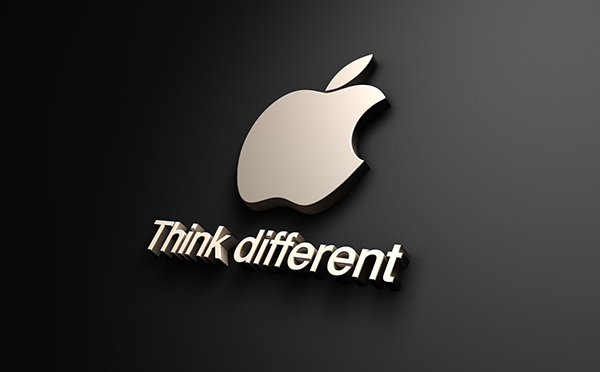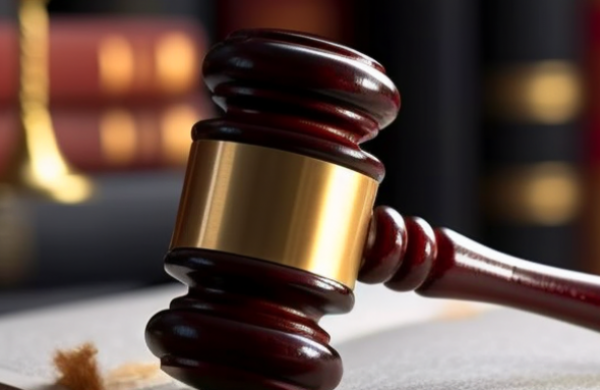Did not receive verification mail? Please confirm whether the mailbox is correct or not Re send mail

dora
- 2018-08-23 15:26:18
Intellectual Property Office of Singapore Case Summary: Apple Inc. v Swatch AG (Swatch SA) (Swatch Ltd.) [2018] SGIPOS 15

Apple Inc. and Swatch AG cross swords again, this time over the respective marks “THINK DIFFERENT” and “Tick different” (set out below) before the Registrar of Trade Marks.

Apple’s mark was the name of its wildly successful advertising campaign in 1997, “Think Different”. It was a tribute to important historical and contemporary personalities who dared to be different e.g. Albert Einstein, Martin Luther King Jr. and Mahatma Gandhi. This ethos resonated with Apple’s brand and the succeeded in reviving its counter-culture aura. Apple also used its mark on the box packaging for its iMac computers sold in Singapore, next to another trade mark “Macintosh”. It registered “THINK DIFFERENT” in Class 9 almost twenty years ago in 1999.
Swatch, on the other hand, claimed that “Tick different” was coined to reflect its long history and close association with timepieces. It has not used the mark. Its applications to register “Tick different” were filed in Classes 9 and 14 in 2015. It is these applications that are the subject of opposition by Apple.
Apple argued that the two marks were confusingly similar, and that Swatch filed its “Tick different” application in bad faith.
In its arguments that the two marks were highly similar, Apple focused on the fact that they had the same syllabic structure and number of words. They also had the same ending (“different”) and almost the same beginning. The words “Tick” and “Think” differed only by the letters “c” and “h, n”; and the beginnings and endings were identical (“t” and “k”). This is such that the marks are visually and aurally similar. Further, Apple argued that both marks convey the same concept of being out-of-the-box and different from the crowd. Swatch countered that the differences between the marks are more significant than any commonality. In essence, the visual, aural and conceptual differences between “Tick” and “Think” render the marks more dissimilar than similar.
Comparing the marks as wholes, even with imperfect recollection of the average consumer, the Principal Assistant Registrar was persuaded that they were overall more dissimilar than similar. Hence, Apple could not succeed on the grounds of opposition that relied on the marks being found similar.
In passing, the Principal Assistant Registrar also expressed reservations on the similarity of the parties’ respective goods in Classes 9 and 14; and her further view that even if the marks were marginally similar, there would be no reasonable likelihood of confusion in any case.
On the ground of bad faith, Apple alleged that Swatch could not validly claim to be the proprietor of “Tick different” because it filed the applications with the intention to ride on Apple’s substantial goodwill and reputation in “THINK DIFFERENT” and to benefit from a favourable association.
As “Tick different” and “THINK DIFFERENT” were found dissimilar, (i) it was difficult to see how there is any benefit to be had from riding on Apple’s goodwill and reputation and from any favourable association with Apple or “THINK DIFFERENT”; and (ii) that Apple claims rights to “THINK DIFFERENT” is not inconsistent with Swatch laying legitimate claim to “Tick different”. Apple therefore could not establish that Swatch filed its applications in bad faith.
Apple also made other allegations of bad faith in its submissions, for example, that Swatch was a troll that tried to agitate Apple with trade marks instead of competition, and that Swatch had a modus operandi of registering several of Apple’s famous marks and slogans even though it allegedly had no rights nor any intention to use these marks. However, these allegations were not pleaded in the grounds of opposition and therefore could not be considered by the Principal Assistant Registrar.
Apple’s opposition failed and Swatch’s applications to register “Tick different” in Classes 9 and 14 could thus proceed to registration.
Disclaimer: The above is provided to assist in the understanding of the Registrar's grounds of decision. It is not intended to be a substitute for the reasons of the Registrar. The full grounds of decision can be found at https://www.ipos.gov.sg/docs/default-source/resources-library/hearings-and-mediation/legal-decisions/2018/apple-v-swatch-2018-sgipos-15.pdf?sfvrsn=4
Source: https://www.ipos.gov.sg/resources/hearing-mediation
Published: 21 August 2018
Editor: dora
- I also said the two sentence
- Also you can enter 140words
 TOP IPR U.S. Lawyers 10 & Firms 10 Selection Officially Launched by IPR Daily
TOP IPR U.S. Lawyers 10 & Firms 10 Selection Officially Launched by IPR Daily WIPO Global Innovation Index 2025: China Enters Top 10
WIPO Global Innovation Index 2025: China Enters Top 10 Singapore ranks 5th in the 2025 Global Innovation Index; climbed two spots in Innovation Outputs
Singapore ranks 5th in the 2025 Global Innovation Index; climbed two spots in Innovation Outputs Federal Circuit lacks jurisdiction over award that doesn’t raise issue of patent law
Federal Circuit lacks jurisdiction over award that doesn’t raise issue of patent law


